Can you use a vapour retarder paint on the ceiling instead of using a poly vapour barrier?
I saw in your wall video that you advise to use a vapour retarder paint along with an outside air barrier. Can you do this for the ceiling as well, thereby taking out that possible weak spot where the vapour barrier joins in with your walls?


















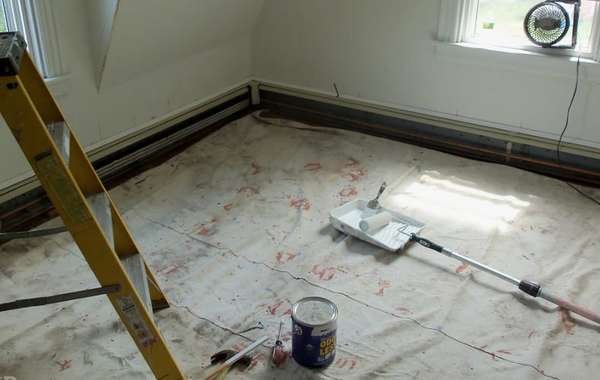
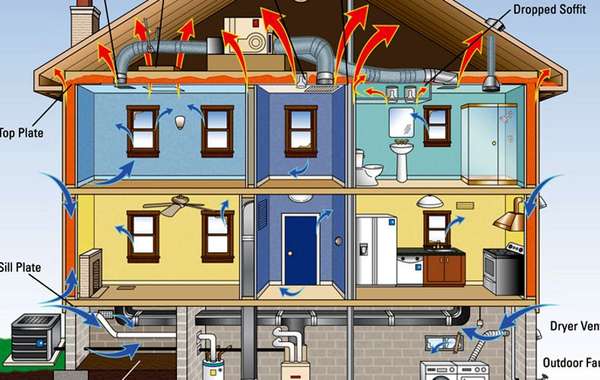
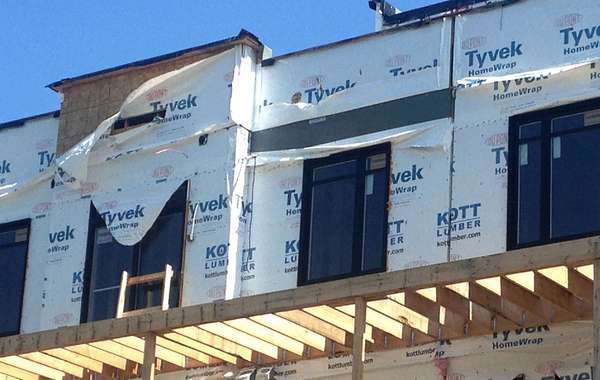
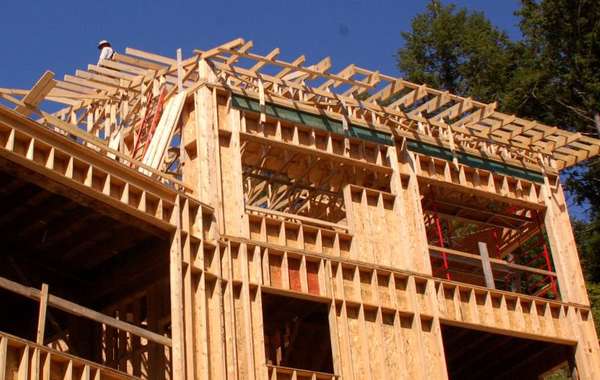
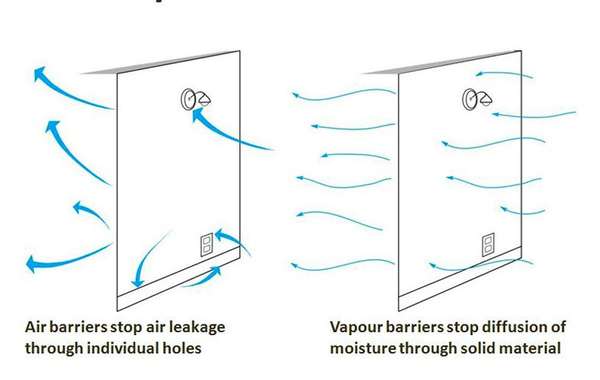
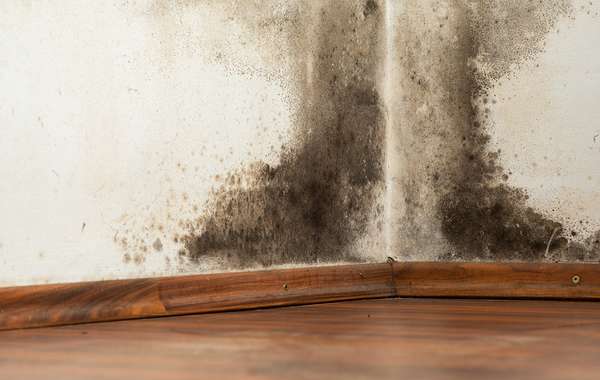
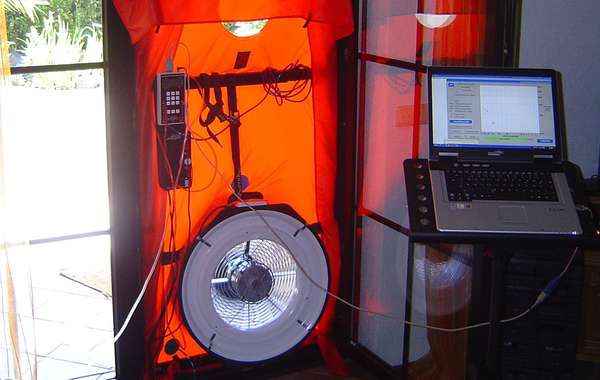
Vapour barrier paint (or Vapor barrier paint in the U.S. ) is more of a solution for walls rather than ceilings to prevent the indoor vapour drive during hot humid weather. The reason as you may have read, is that when there is a vapour barrier in homes in hot humid climates that rely on air conditioning for human comfort, that vapour barrier is effectively on the wrong side in the cooling season. Learn it all on this page -
Building science for cold climates made easy - video
So we instead used a Vvapor retarder prime / vapor barrier paint on the Edelweiss House rather than a standard 6 mil polyethylene vapour barrier partly because we already had an Air Barrier in place as you mentioned. For the ceiling we did use a 6-mil poly barrier, as building scientists don’t consider the ceiling to be as great a risk with the reversed vapour drive as walls.
So you may be best to stick with a poly vapour barrier, it can often be tough to get a building inspector to sign off on that, so we would recommend you check ahead of time with a building inspector anytime you want to try something a bit different so you aren’t forced to re-do any work afterwards simply because they aren’t up on the latest information.
As for the wall to ceiling junction, that is a tricky point to manage but you just need to select a high quality building tape to ensure the continuity of your air barrier, we had our poly barrier go through the wall assembly and taped it to the exterior air barrier membrane.
That would be a solution for new builds, are you looking for a vapour barrier solution for Renovations? If you are simply concerned because it is an older house without a vapour barrier then it would in fact be a good solution. But often with much older houses, there are several layers of oil paint from previous generations that act very much as a vapour barrier. But an additional layer wouldn’t do any harm.
Hi, thanks so much for the reply and great information. My questions are for a new build (in BC). I'm also wondering about doing the interior walls with a small gap between the exterior wall to be able to slide gypsum board in a continuous air barrier as you mentioned was an option in one of your posts. If I do this, how do I nail the interior walls to the exterior walls? Is the only connection going to be at the top plate (where I'm thinking of using a gusset to tie the plates together as this will decrease another possible air gap should the interior top plate overlaps the exterior wall)?
Again, thanks so much for your support. I love what you guys are doing here. Super inspiring